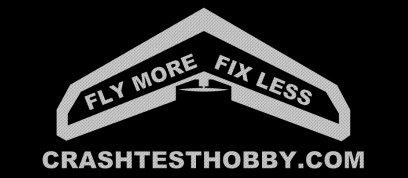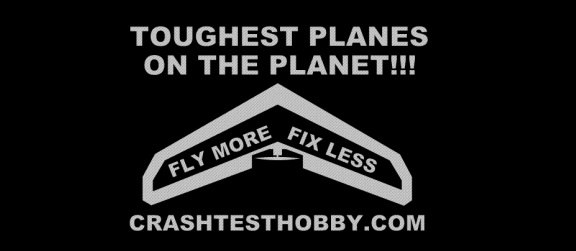Pelican Building Instructions
We decreased the cord of the wing so the new CG is 5 cm or 2" back from the front of the wing.
The videos show a pod mounted motor which we no longer recommend. Please refer to the PDF files.
We are recommending that all Pelicans are built with the nose mount motor.
Written instructions PDF files are below the videos at the bottom of the page.
Twin motor modification video also at bottom of page.
Click HERE to download the PDF Fuselage Build instructions below
Click HERE to download the PDF Polyhedral Wing Build instructions
Click HERE to download the PDF Aileron Wing Build instructions
The flight videos show a lightweight build with the stock wing and tail and flights with that modification.
We decreased the cord of the wing so the new CG is 5 cm or 2" back from the front of the wing.
The videos show a pod mounted motor which we no longer recommend. Please refer to the PDF files.
We are recommending that all Pelicans are built with the nose mount motor.
Written instructions PDF files are below the videos at the bottom of the page.
Twin motor modification video also at bottom of page.
Click HERE to download the PDF Fuselage Build instructions below
Click HERE to download the PDF Polyhedral Wing Build instructions
Click HERE to download the PDF Aileron Wing Build instructions
The flight videos show a lightweight build with the stock wing and tail and flights with that modification.
|
|
|
|
|
|
|
|
|
|
|
|
Your browser does not support viewing this document. Click here to download the document.
Your browser does not support viewing this document. Click here to download the document.
Your browser does not support viewing this document. Click here to download the document.
The following video shows modifications made by Michael to modify the
Pelican into an aileron twin motor plane for FPV and differential thrust.
Pelican into an aileron twin motor plane for FPV and differential thrust.
Trimming the Slow Flyers are a little different (Pelican, Albatross, Storm Chaser)
The slow flyers are designed to be launched with a harder toss at half throttle and then throttled up. This is to help them be amazing at self stabilization at any throttle setting. Self stabilizing occurs when the plane speed and the trim on the rudder and the angles of the wing and elevator pull the plane to a flat and level flight form any position if they have enough altitude. For example: The Pelican polyhedral wing trainer will pull down until it is up to speed if you launch at full throttle or throttle up from a slow glide too rapidly. This design will then stabilize itself in flight as it comes up to speed and can be trimmed with the elevator to keep their nose on the horizon at any throttle setting.
You can decrease the amount of downward pull if you give a faster toss on the launch to help the plane get up to speed more quickly. You can permanently decrease the amount of pulling by tipping the motor up 3 to 7 degrees by putting two or three 3/16" washers under the bottom motor mount screw which makes it easier to launch, but then the plane is a little slower to self stabilize. This may help you launch on your initial flights. The plane will still fly well once it is trimmed with the modified motor angle.
The slow flyers are designed to be launched with a harder toss at half throttle and then throttled up. This is to help them be amazing at self stabilization at any throttle setting. Self stabilizing occurs when the plane speed and the trim on the rudder and the angles of the wing and elevator pull the plane to a flat and level flight form any position if they have enough altitude. For example: The Pelican polyhedral wing trainer will pull down until it is up to speed if you launch at full throttle or throttle up from a slow glide too rapidly. This design will then stabilize itself in flight as it comes up to speed and can be trimmed with the elevator to keep their nose on the horizon at any throttle setting.
You can decrease the amount of downward pull if you give a faster toss on the launch to help the plane get up to speed more quickly. You can permanently decrease the amount of pulling by tipping the motor up 3 to 7 degrees by putting two or three 3/16" washers under the bottom motor mount screw which makes it easier to launch, but then the plane is a little slower to self stabilize. This may help you launch on your initial flights. The plane will still fly well once it is trimmed with the modified motor angle.


